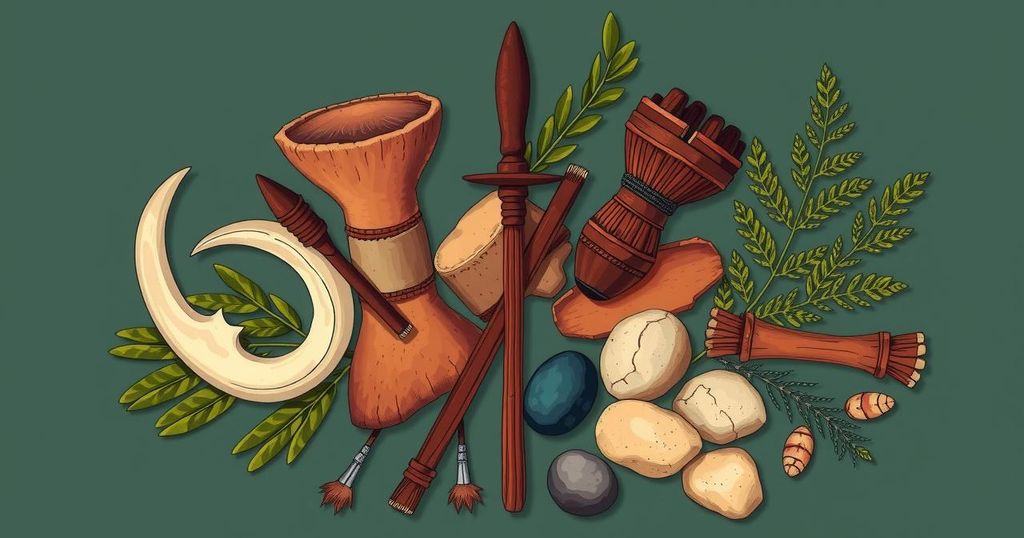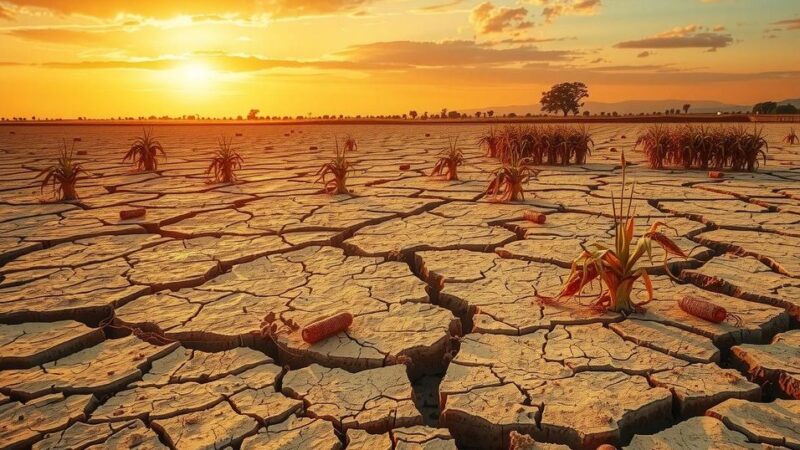Kenya’s indigenous communities use traditional rainmakers for weather forecasting, relying on observations of trees, animal behavior, and celestial signs. These methods, rooted in cultural heritage, have proven beneficial for farmers. Increasingly, there is a call to integrate traditional knowledge with modern meteorology for better weather prediction.
In Kenya, indigenous communities depend on traditional rainmakers for weather forecasting. These rainmakers utilize a range of methods to predict rainfall, including observing the behavior of flowering trees—specifically, if they bloom without leaves, this suggests an impending drought. Additionally, they assess animal behaviors and celestial phenomena, forming a comprehensive approach to weather prediction that is deeply embedded in the cultural heritage of various tribes.
These forecasting techniques are traditionally transmitted orally, underpinning the cultural significance and historical importance of the methodologies used by these communities. While some meteorologists remain skeptical about the accuracy of indigenous forecasting, there has been substantial evidence indicating that these predictions effectively aid farmers in planning their agricultural activities.
Recognizing the efficacy of these traditional methods, there is a growing movement towards integrating indigenous forecasting practices with contemporary meteorological data. This blending of old and new approaches aims to enhance agricultural resilience and ensure better resource management, particularly in the face of climate change. By valuing these indigenous insights, modern science can build upon traditional knowledge for more accurate weather predictions.
Indigenous communities in Kenya employ traditional rainmakers to predict weather using methods such as observing flowering trees, animal behavior, and celestial signs. Despite skepticism from some meteorologists, these techniques have proven valuable for farmers. The integration of indigenous forecasting with modern meteorological data is increasingly recognized as a means to improve agricultural resilience and resource management in changing climates.
Original Source: www.africa.com






